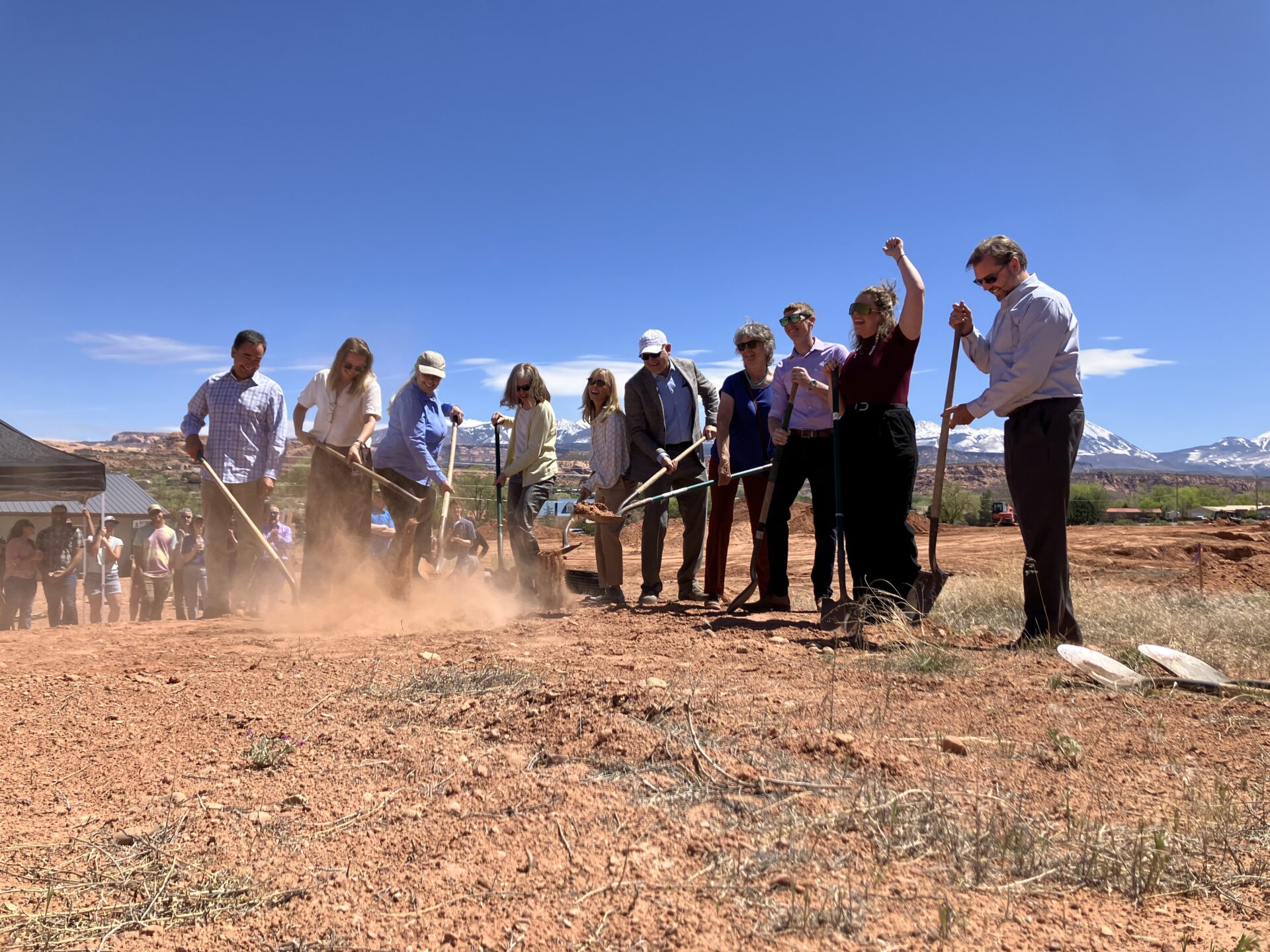Data released by local agencies showing that 30 people self-identified as homeless in Grand County during an official survey, more than double the number recorded last year.
“I think the number has been under-counted all these years more than anything,” said Sara Melnicoff, founder of local nonprofit Moab Solutions, which conducts homeless outreach. On Jan. 27, local community groups headed by the Moab Valley Multicultural Center conducted the 2021 Point in Time homelessness count. [See “Homeless on a winter night,” Jan. 21 edition. -ed.]
The multicultural center released data in February showing that 30 individuals self-reported as homeless that night, higher than previous years. 12 individuals were identified in the 2020 count, seven in the 2019 count and 19 people in 2018, according to the Utah Department of Workforce Services 2020 Annual Report on Homelessness.
Liz Donkersloot, housing resource coordinator for the MVMC, agreed with Melnicoff’s belief that the jump in homeless individuals counted this year reflects an undercount in previous years, rather than a real increase in homelessness in Grand County.
Both Melnicoff and Donkersloot attributed the higher response rate to the 2021 survey to increased outreach: the organizations publicized the count in local newspapers, local radio stations, on social media, and through word-of-mouth. They also emphasized that people living in vehicles or in structures not meant for human habitation should be included in the count.
“I had people calling me and saying, ‘Oh, I know where someone’s living in a vehicle,’ They’ll tell you about people they’re worried about,” said Melnicoff.
Donkersloot said that 15 of the 30 respondents to the 2021 Point in Time survey were “living in places not meant for human habitation.” That could be a tent, a park, a vehicle—even a camper trailer with no hookups for plumbing and electrical.
11 respondents were “sheltered homeless,” meaning they had a temporary place to stay, like a hotel room or a friend’s couch. The other four individuals were staying at the Seekhaven Family Crisis and Resource Center.
Even though the 2021 count was more complete than in past years, Melnicoff and Donkersloot agree it was still an under-count.
“We know of at least six clients that we weren’t able to track down,” Donkersloot said. Melnicoff said she knows of at least two chronically homeless people that she was not able to locate to be included in the Point in Time survey. Donkersloot added that some individuals considered homeless by the survey’s standards do not consider themselves homeless.
“I know for certain there’s a lot more people out there that were not counted,” she said.
The multicultural center will find out in a few months whether the state will allocate more resources to Grand County due to the results.
Meanwhile, the MVMC is leading a group of community organizations towards creating a unified system to share clients’ information, with their consent. Those groups will meet regularly to discuss client cases and compile the most appropriate resources for an individual. The federal Department of Housing and Urban Development calls this approach “Coordinated Entry,” and describes it as “an important process through which people experiencing or at risk of experiencing homelessness can access the crisis response system in a streamlined way, have their strengths and needs quickly assessed, and quickly connect to appropriate, tailor housing and mainstream services within the community or designated region.”
The Grand County Coordinated Entry program is still in early development.
If you are homeless or at risk of homelessness, the Moab Valley Multicultural Center can connect you with resources. Its office is located at 156 North, 100 West; staff can be reached by phone at 432-259-5444.



